In the vast lands of the Americas, many Indigenous groups have thrived for thousands of years, passing down rich traditions, languages, and cultures from one generation to the next. Today, we embark on a journey to explore the heritage of the 10 Oldest Indigenous Groups, discovering the vibrant tapestry that makes up the history of the original inhabitants of these lands. From the Muscogee (Creek) Nation to the Mexican American Indian, each group has a unique story to tell, contributing to the diverse mosaic of Indigenous life in the Americas. Join us as we uncover the roots and resilience of these remarkable communities. Now, let’s dive into the first section and learn more about the Muscogee (Creek) Nation.
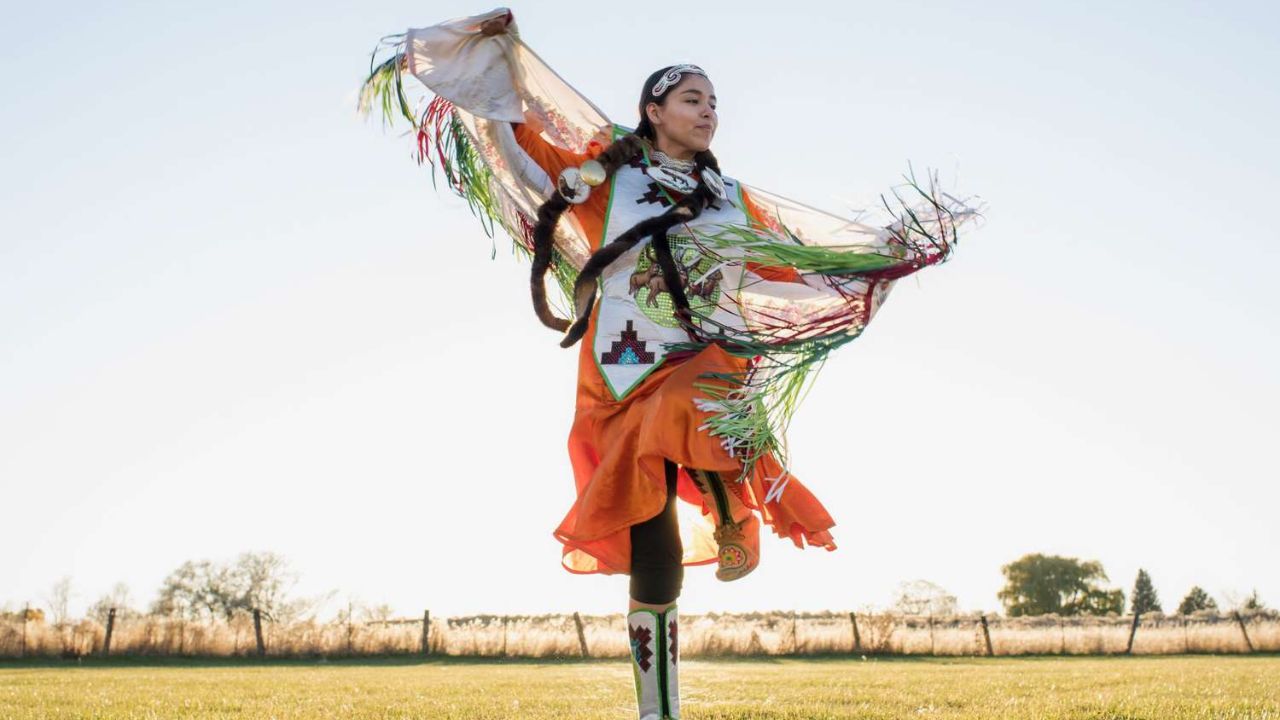
Muscogee (Creek) Nation
Imagine a time long ago when these proud people roamed the southeastern regions of the United States. The Muscogee (Creek) Nation has a deep connection to the land, rivers, and forests that surrounded them. They lived in harmony with nature, learning its secrets and passing down their wisdom through stories told by the flickering light of a campfire.
The Muscogee (Creek) Nation, like other Indigenous groups, has faced challenges throughout history, yet their spirit remains unbroken. Today, they continue to preserve their traditions, language, and cultural practices, ensuring that the flame of their heritage continues to burn brightly. As we delve into the unique stories of the Muscogee (Creek) Nation, we also honor the resilience that has allowed them to thrive for generations. Now, let’s move on to the next section and explore the fascinating world of the Pueblo people.

Pueblo
As we transition from the Muscogee (Creek) Nation, we find ourselves immersed in the captivating history of the Pueblo people. Picture a landscape adorned with adobe structures nestled against the breathtaking backdrop of the American Southwest. The Pueblo, meaning “village” in Spanish, perfectly encapsulates the communal essence of these Indigenous communities.
The Pueblo people have a rich heritage intertwined with the sun-soaked deserts and majestic mesas. Their ancestral roots stretch deep into the soil, and their traditions echo through the labyrinthine corridors of their adobe homes. The Puebloans are known for their intricate pottery, vibrant ceremonies, and deep spiritual connections with the natural world.
In the face of challenges and changes over centuries, the Pueblo people have demonstrated remarkable resilience, maintaining their distinct way of life. Let’s take a moment to appreciate the intricate tapestry of the Pueblo’s history, celebrating their enduring traditions.
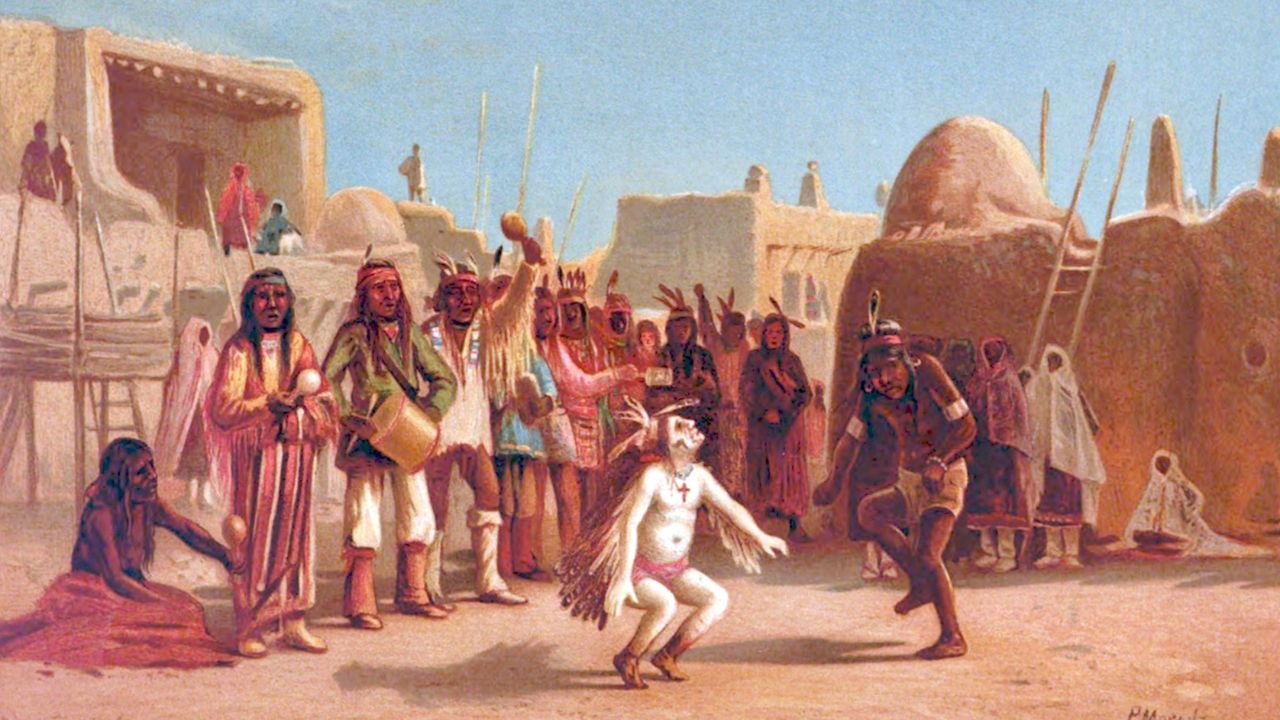
Lumbee
Our expedition through the oldest Indigenous groups in the Americas now leads us to the Lumbee, a resilient community with roots deeply embedded in the southeastern United States. The Lumbee people have a distinctive history, and their story is as diverse as the landscapes they call home.
Imagine vast forests, meandering rivers, and the whispering winds carrying the tales of the Lumbee people. Despite challenges and changes over time, the Lumbee have maintained a strong sense of identity, blending various cultural influences into a unique tapestry of heritage. Their name, Lumbee, itself reflects the Lumbee River that flows through their ancestral lands.
As we navigate through the Lumbee’s narrative, let’s appreciate the threads of strength and cultural richness that define their history.
Discover Web Story : 10 Oldest Indigenous Groups in the America
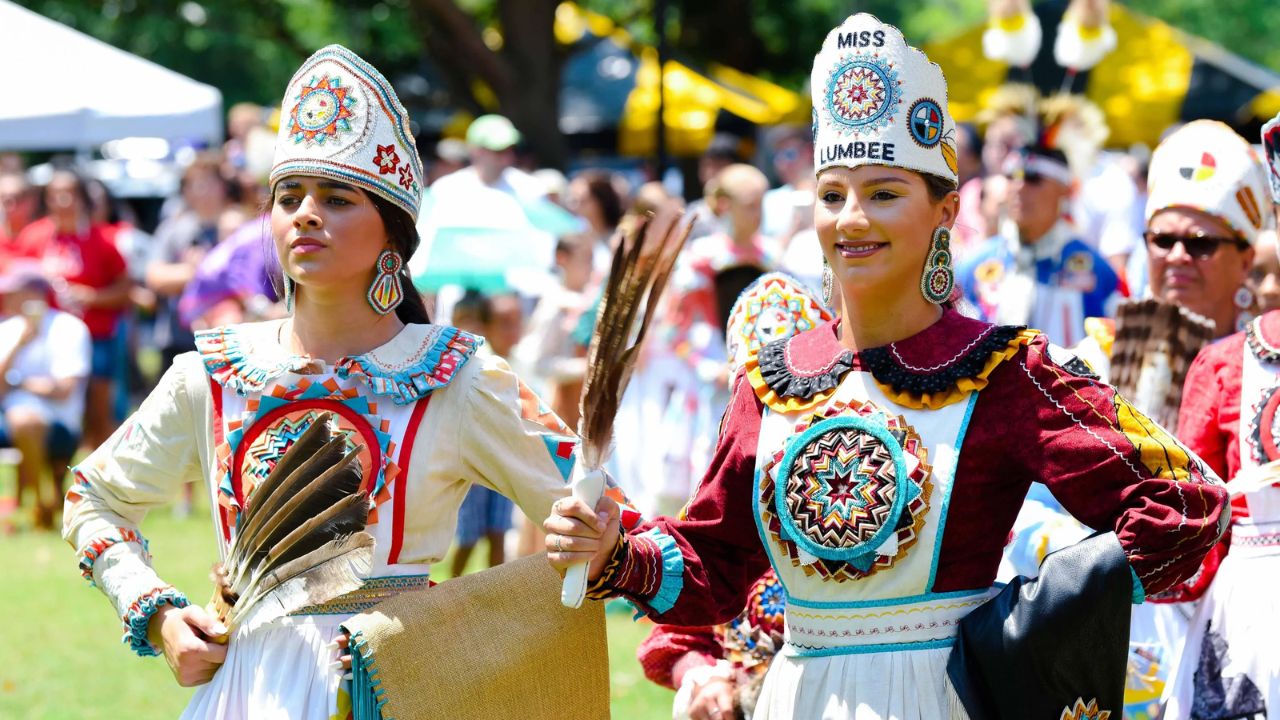
Apache Nations
Our journey now takes us to the expansive territories where the Apache Nations, a group of resilient Indigenous communities, have left an indelible mark on the history of the Americas. Picture vast plains, rugged mountains, and the echoes of ancient traditions carried by the winds.
The Apache Nations, comprised of various Apache tribes, have a storied past of adaptability and strength. They navigated the challenging landscapes of the American Southwest, relying on a deep understanding of nature to sustain their way of life. The Apache people, known for their exceptional horsemanship and strategic prowess, played a vital role in shaping the cultural tapestry of the region.
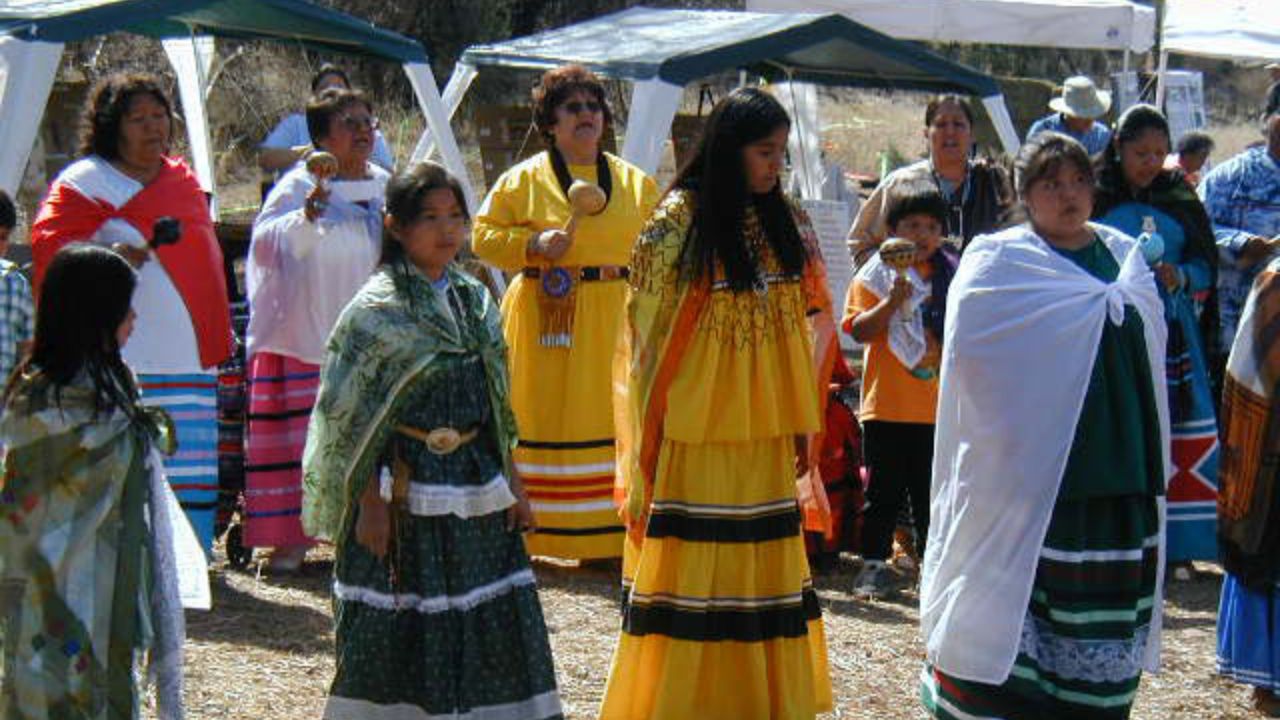
Choctaw
Our odyssey through the annals of Indigenous history brings us to the Choctaw people, a community deeply rooted in the southeastern woodlands of the United States. Imagine lush forests, flowing rivers, and a profound connection to the land that has defined the Choctaw way of life for centuries.
The Choctaw Nation is known for its rich cultural heritage and vibrant traditions. From storytelling to intricate craftsmanship, the Choctaw people have passed down their wisdom through generations, creating a tapestry of resilience and community spirit. Their historical journey is marked by challenges and triumphs, demonstrating an unwavering commitment to preserving their identity.
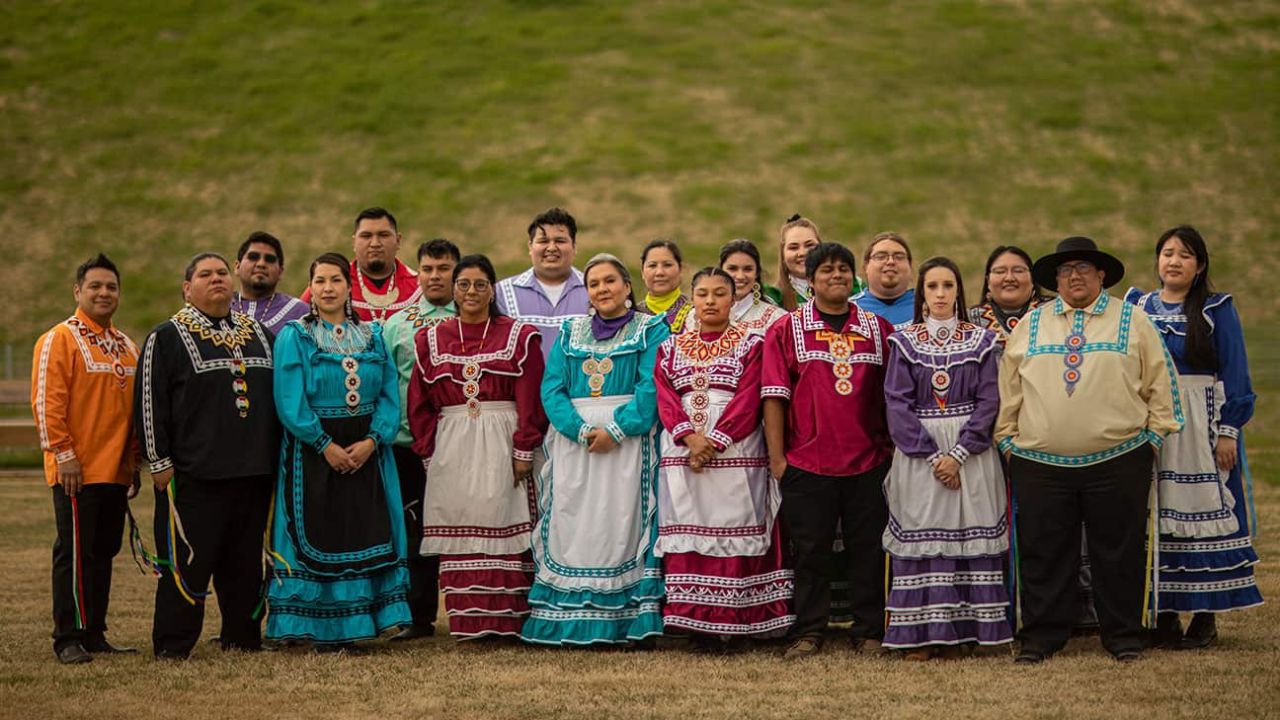
Ojibwe (Chippewa)
Our expedition takes a northern turn as we delve into the fascinating history of the Ojibwe, also known as the Chippewa. Picture vast woodlands, sparkling lakes, and the ethereal beauty of the northern landscapes that have been home to the Ojibwe people for centuries.
The Ojibwe Nation is characterized by a deep connection to the natural world, with traditions steeped in harmony and respect for the environment. Known for their intricate beadwork, storytelling, and spiritual ceremonies, the Ojibwe have woven a cultural tapestry that reflects both resilience and creativity.
As we unravel the tales of the Ojibwe, let’s celebrate the rich diversity that defines their heritage. Our journey now shifts to the expansive plains where the Sioux Nation has flourished.
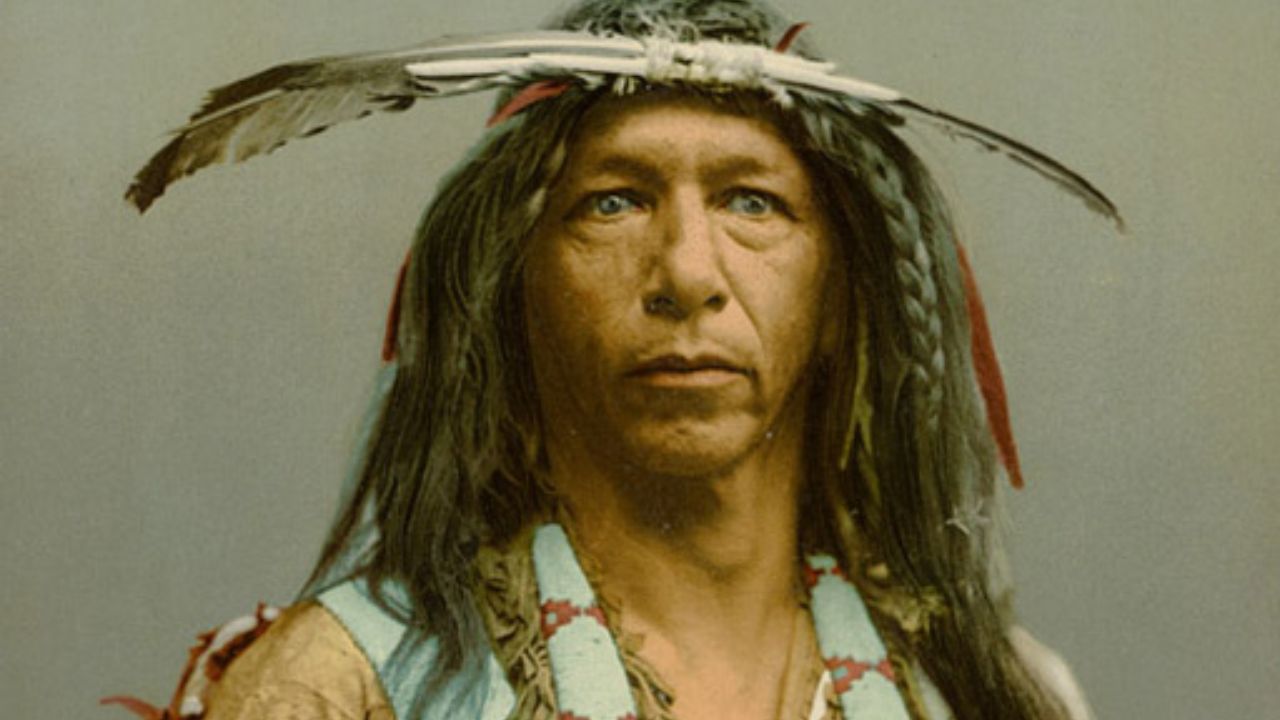
Sioux
Our journey across the tapestry of Indigenous history now brings us to the vast plains of North America, where the Sioux Nation has thrived for generations. Envision endless horizons, rolling grasslands, and the thundering hooves of buffalo echoing through the prairies.
The Sioux people, comprising various tribes like the Dakota, Lakota, and Nakota, have a storied past marked by a deep connection to the land and a rich cultural heritage. Warriors, hunters, and skilled artisans, the Sioux have left an indelible mark on the history of the plains. Their traditions, including the sacred ceremonies and vibrant dances, reflect a profound spiritual connection with the natural world.
As we delve into the history of the Sioux Nation, let’s honor the resilience and strength that have allowed them to endure through changing times.
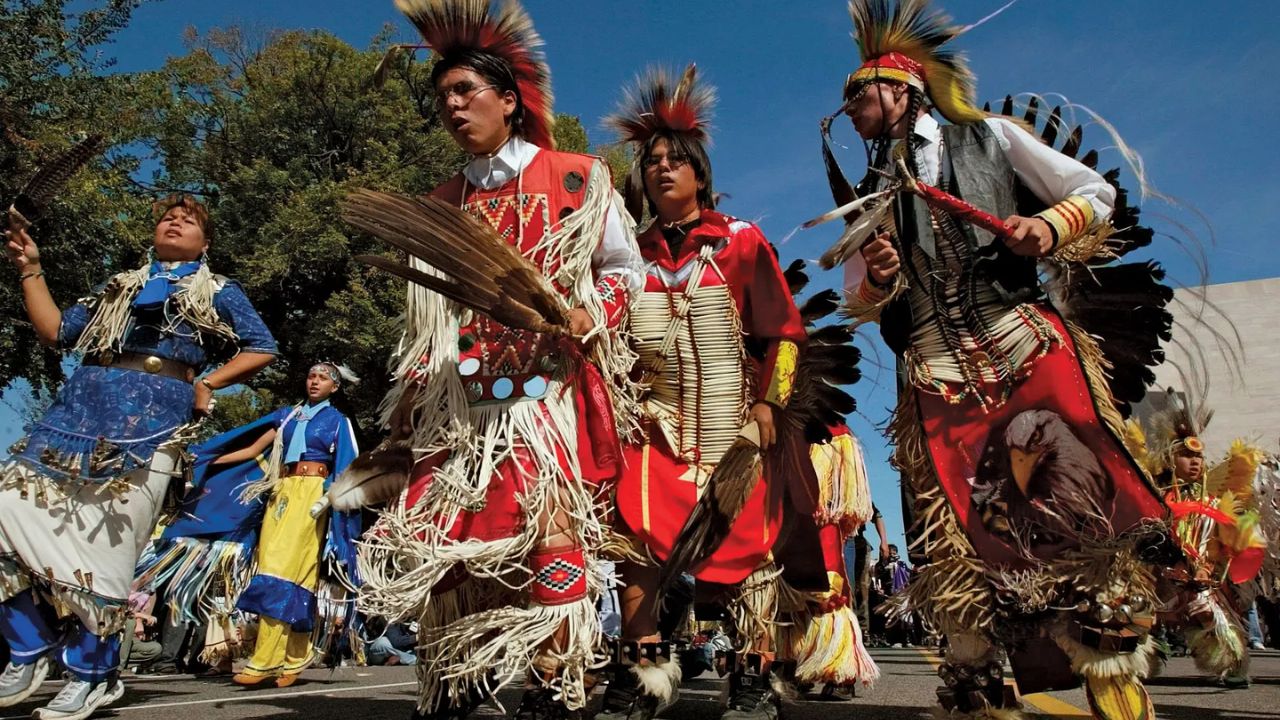
Cherokee Nation
Our expedition now takes us to the southeastern regions of the United States, where the Cherokee Nation weaves a captivating tale of resilience and cultural richness. Envision rolling hills, dense forests, and the melodies of ancient Cherokee songs drifting through the air.
The Cherokee people, with a history dating back centuries, have navigated a landscape filled with both challenges and triumphs. Known for their advanced agricultural practices, intricate storytelling, and deep spiritual beliefs, the Cherokee Nation stands as a testament to the enduring strength of Indigenous communities.
As we delve into the history of the Cherokee, let’s appreciate the enduring legacy of a people who have faced adversity with courage and determination.
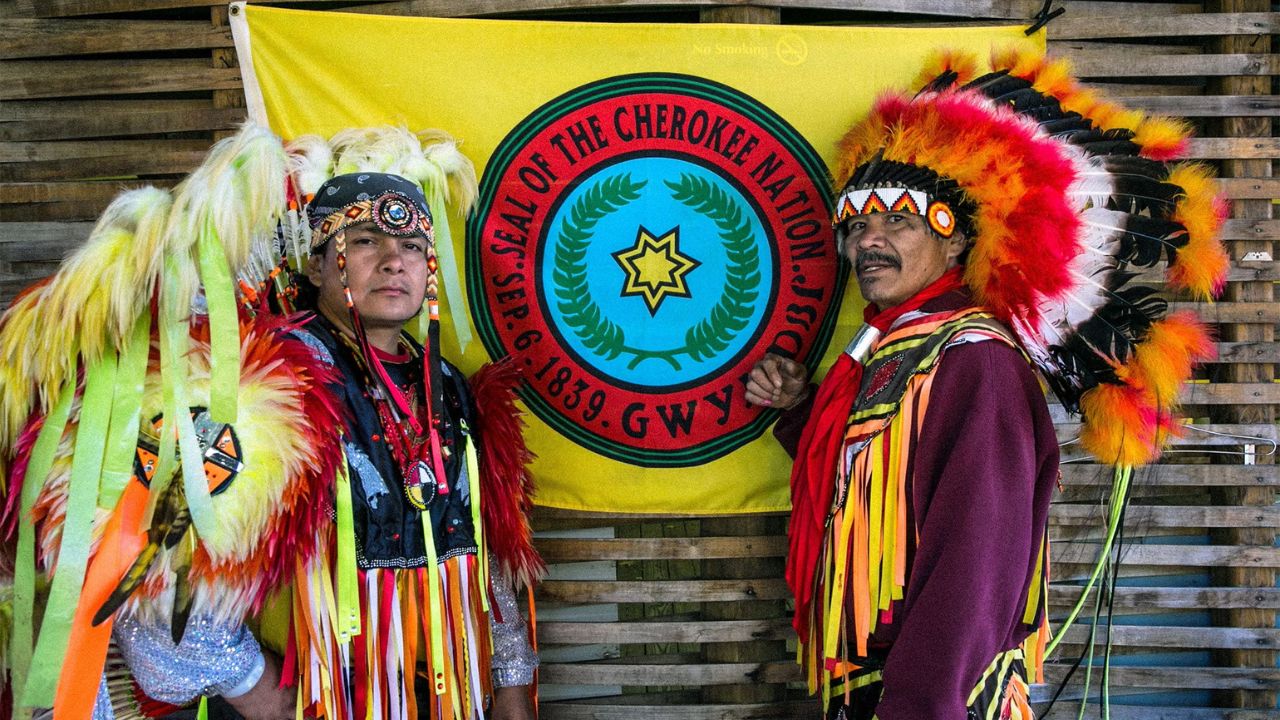
Navajo Nation
Our expedition brings us to the vast and enchanting lands of the Navajo Nation, where the history of this resilient Indigenous group unfolds like the pages of a sacred book. Picture expansive deserts, towering red mesas, and the echo of Navajo chants carried by the winds.
The Navajo people, often referred to as Diné, have a rich cultural heritage that has flourished in the southwestern United States. Known for their exquisite craftsmanship, intricate rug weaving, and deep spiritual traditions, the Navajo Nation has played a significant role in shaping the cultural mosaic of the region.
As we embark on the exploration of Navajo history, let’s celebrate the artistry and wisdom that define their story. Our journey now leads us to the pinnacle of our list—the Mexican American Indian, the oldest Indigenous group on our ranking.
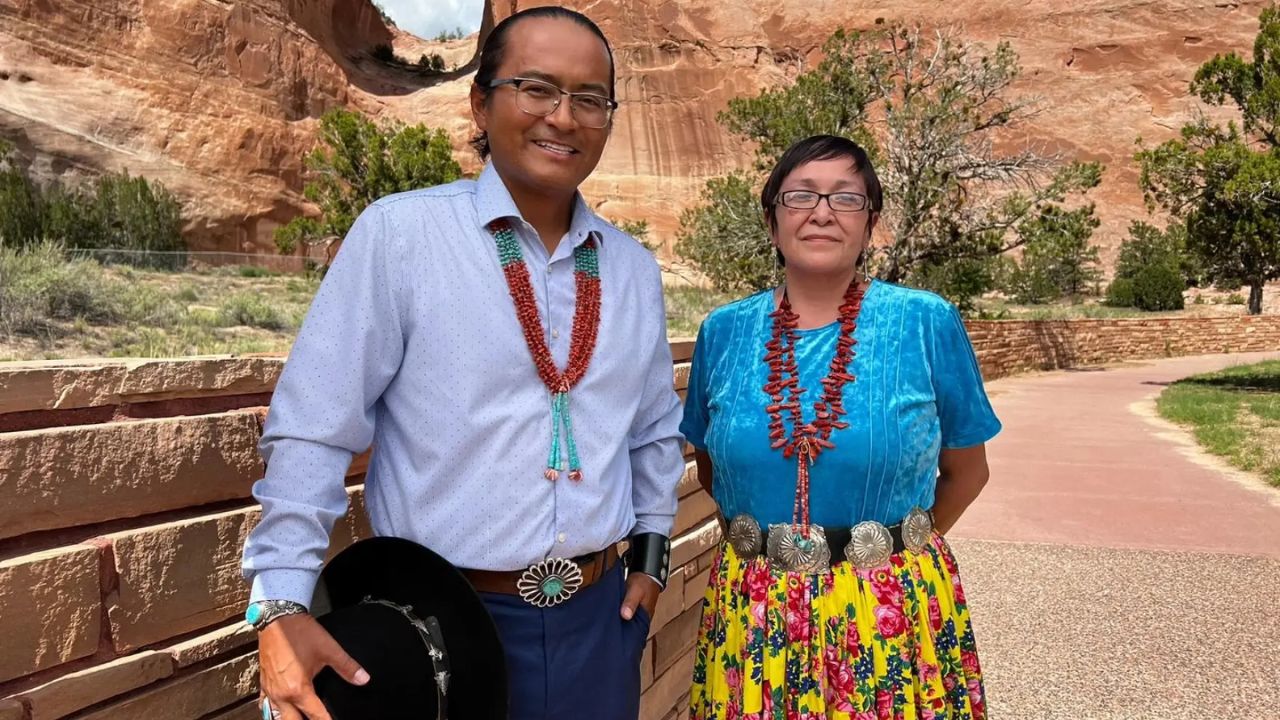
Mexican American Indian
At the pinnacle of our exploration into the oldest Indigenous groups in the Americas, we arrive at the Mexican American Indian, a community with roots that extend far into the history of the continent. Imagine ancient civilizations, vibrant markets, and the echoes of ancient languages in the air.
The Mexican American Indian represents a diverse array of Indigenous cultures and histories that have thrived in the regions now known as Mexico and the southwestern United States. From the mighty Aztec and Maya civilizations to the enduring legacies of various Indigenous tribes, the Mexican American Indian stands as a testament to the depth and complexity of Indigenous heritage in the Americas.
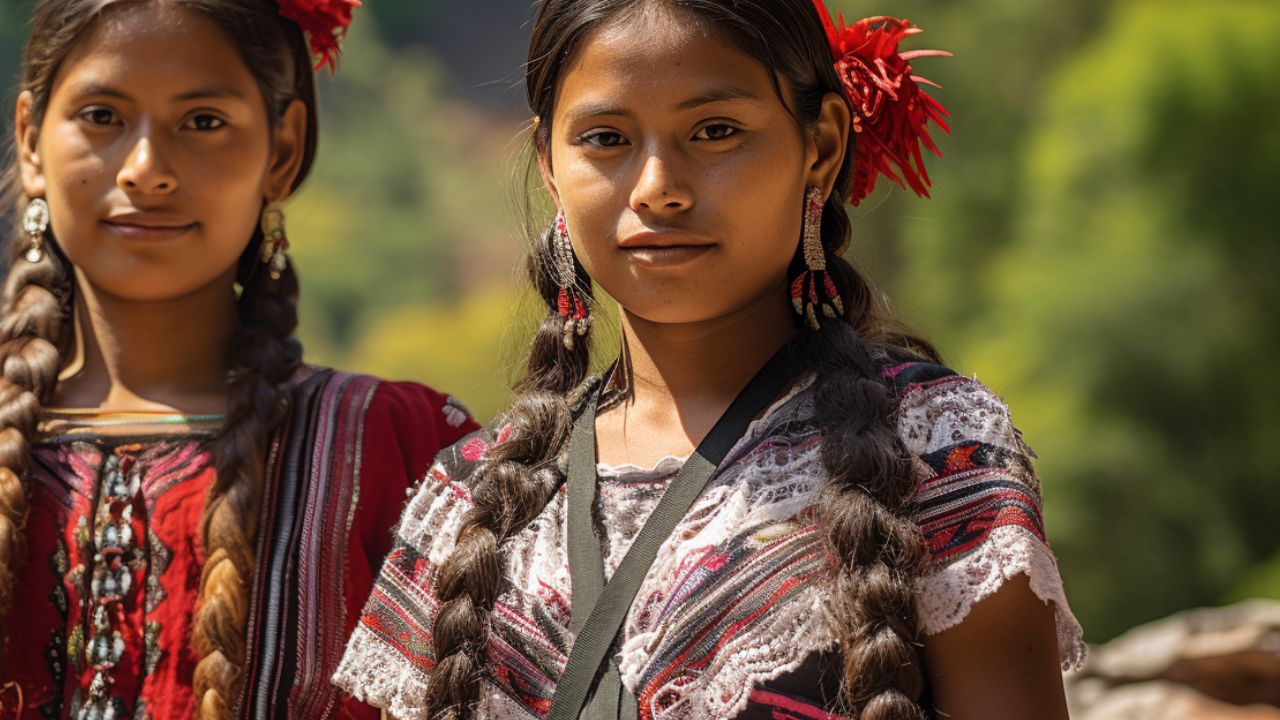
As we conclude our journey through the 10 Oldest Indigenous Groups, let’s reflect on the incredible diversity, resilience, and cultural richness that define each community. The tapestry of Indigenous history in the Americas is a testament to the strength of communities that have flourished for millennia, leaving an indelible mark on the landscapes they call home.
In the vast tapestry of the Americas, the stories of the 10 Oldest Indigenous Groups weave together a narrative of resilience, cultural richness, and enduring strength. From the Muscogee (Creek) Nation to the Mexican American Indian, each community has left an indelible mark on the history of the continents, shaping the landscapes they inhabit and contributing to the diverse mosaic of Indigenous life.
As we reflect on our journey, we’ve witnessed the deep connections these communities share with their ancestral lands, the intricate traditions passed down through generations, and the unwavering spirit that has allowed them to thrive despite centuries of challenges. The histories of the Muscogee (Creek), Pueblo, Lumbee, Apache Nations, Choctaw, Ojibwe (Chippewa), Sioux, Cherokee, Navajo, and Mexican American Indian stand as a testament to the strength and resilience of Indigenous peoples across the Americas.
May this exploration inspire a continued appreciation for the rich and diverse cultures of the original inhabitants of these lands. As we honor their past, let us also recognize the importance of preserving and celebrating the vibrant heritage that continues to shape the present and future of Indigenous communities. The tapestry of Indigenous history is a living testament to the profound connection between people and the land, and it invites us to cherish and learn from the wisdom embedded in each thread.
